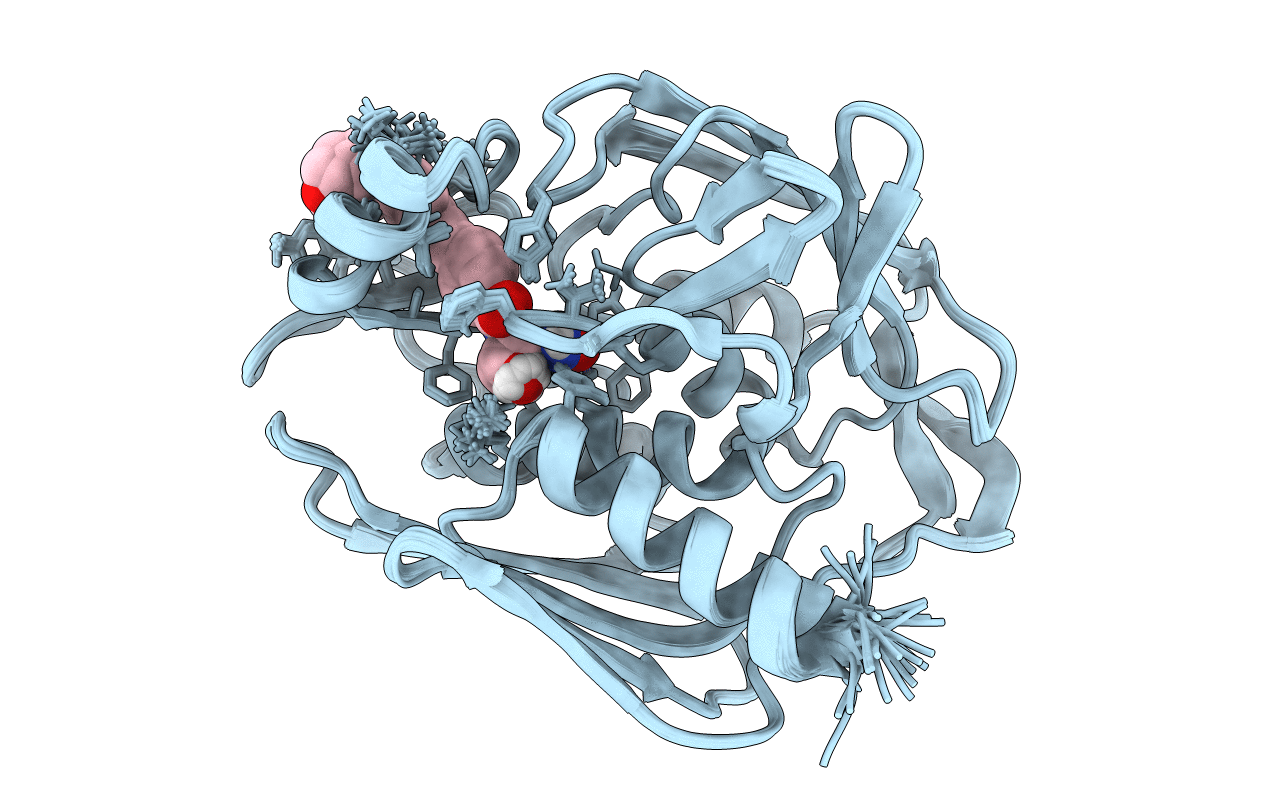
Deposition Date
2007-07-18
Release Date
2007-12-04
Last Version Date
2024-05-29
Entry Detail
PDB ID:
2JT2
Keywords:
Title:
Solution Structure of the Aquifex aeolicus LpxC- CHIR-090 complex
Biological Source:
Source Organism:
Aquifex aeolicus (Taxon ID: 63363)
Host Organism:
Method Details:
Experimental Method:
Conformers Calculated:
25
Conformers Submitted:
25
Selection Criteria:
all calculated structures submitted


